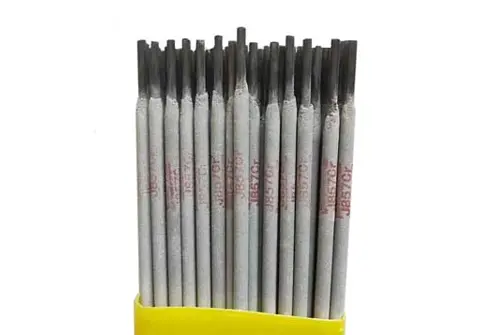The development of metal powder cored wires has now formed a relatively complete model system and has been applied to various welding methods. Currently, the developed metal powder cored wires can be divided into carbon steel, alloy steel, stainless steel, and nickel flux cored wires based on their material.
Nickel alloy, as a representative of high-end alloy materials, already has welding electrodes, solid wires, and other welding materials applied, whereas nickel flux cored wires require further exploration due to the difficulty in manufacturing.
With its excellent welding process performance, comprehensive mechanical properties, and high welding efficiency, nickel flux cored wire has been widely used in many countries worldwide. As shipbuilding companies fully transform and upgrade their product structures, the technical and quality requirements for high-value-added projects are also increasing. This prompts us to continuously develop and seek new welding materials that match those requirements.
Nickel flux cored wires typically have excellent resistance to porosity and sensitivity to hot cracking, and they have superior welding process performance.
Nickel flux cored wires can achieve all-position welding, are easy to slag off, have minimal spatter, excellent porosity resistance, and can reach 80J impact at -196°C. They are mainly used for welding 9Ni steel and can also be used for cladding corrosion-resistant layers.
AMINGHUA nickel flux cored wires are designed to provide outstanding performance in demanding welding applications.
AMINGHUA nickel flux cored wires offer excellent corrosion resistance and high strength, making them an ideal choice for connecting nickel alloys in industries such as aerospace and petrochemical.
AMINGHUA's versatile nickel flux cored wires ensure reliable welding quality and durability, making them the preferred choice in fields requiring professional welding.


